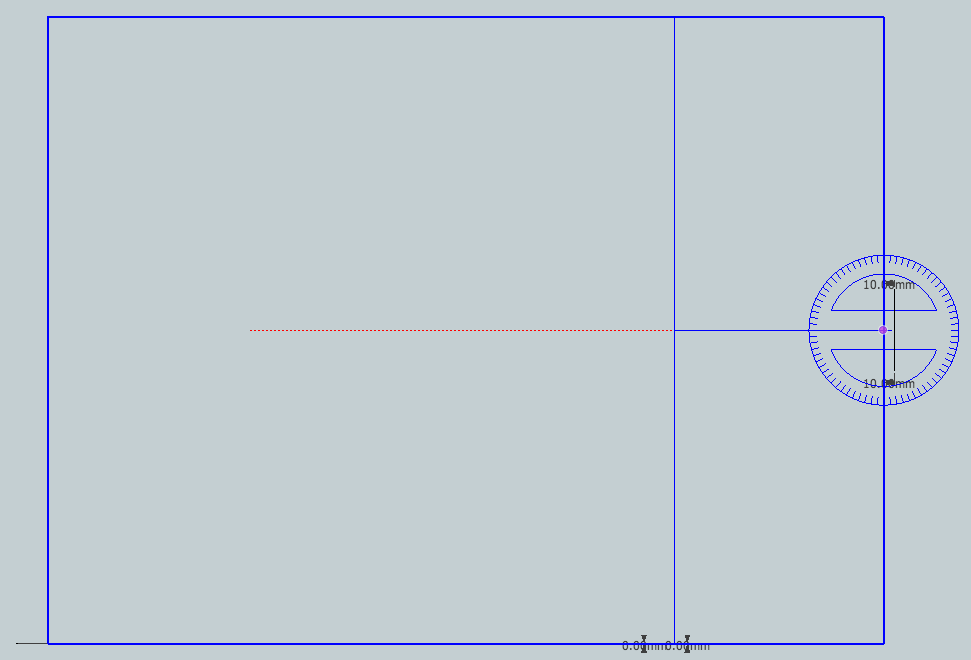Inaccurate dimensions with rotation<0.05 degrees
-
my first post here. Hello all.
I'm modelling a boat engine's mounts, the prop shaft, and all the relevant adjustable points that allow me to align the engine transmission with the prop shaft to a very close tolerance, typically a thou, or .03mm. I've set the precision to .00mm giving me accuracy to a hundredth of a mm.My problem is this: When I rotate the model, the dimension lines reflect it accurately until the rotation is less than .05 of a degree. When I go below this value, the dimensions show inaccurate and irrational results. Typically, this is the area I need to work in.
Has anyone else experienced a similar problem, and if so, how do I work around it? I've tried going 5 degrees of rotation, then coming back 4.99 degrees, but the same inconsistent dimensions remap themselves.
I'd hugely appreciate any help on this one. TIA
Mike
-
 I meant to send this file of the model.
I meant to send this file of the model.I should explain that there are 2 groups in the drawing. The attached screenshots may help to clarify.
Mike

-
Mike
Have you tried these settings?
-
@bungaymike said:
.... I've set the precision to .00mm giving me accuracy to a hundredth of a mm.
This only increases what you can see, not the actual modeling accuracy.
That will be the same, 0.000000 and most likely beyond.@bungaymike said:
My problem is this: When I rotate the model, the dimension lines reflect it accurately until the rotation is less than .05 of a degree. When I go below this value, the dimensions show inaccurate and irrational results....
If dimensions between endpoints within the same environment are being measured, then there is a limit where endpoints just snap togerther. If I'm not mistaken, that will be when endpoints distances become less than 0.001". So measure distances between endpoints that are in different groups. You can go as "far" as 0.000001mm. Less will not be visible due to precision settings "limitation".
@bungaymike said:
Has anyone else experienced a similar problem, and if so, how do I work around it? I've tried going 5 degrees of rotation, then coming back 4.99 degrees, but the same inconsistent dimensions remap themselves...
Good thing, to move or rotate way out and then back to almost same but known position. It certainly helps. FAIK the geometry will move/rotate accurately.
Yes, I've noticed the same odd dimensioning.
To measure small distances, the dimension itself needs to be outside both groups, each of which has one endpoint in it, to be measured from. (see above about environment and limitation).
This odd behaviour may occure when the whole geometry including te dimension itself is once again grouped as a whole. The dimension now is one level deep. The endpoints are two levels deep.
I'm not 100% sure though.
But yes, I've noticed the odd dimensioning. -
Advertisement







